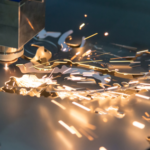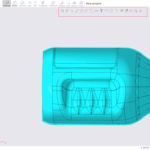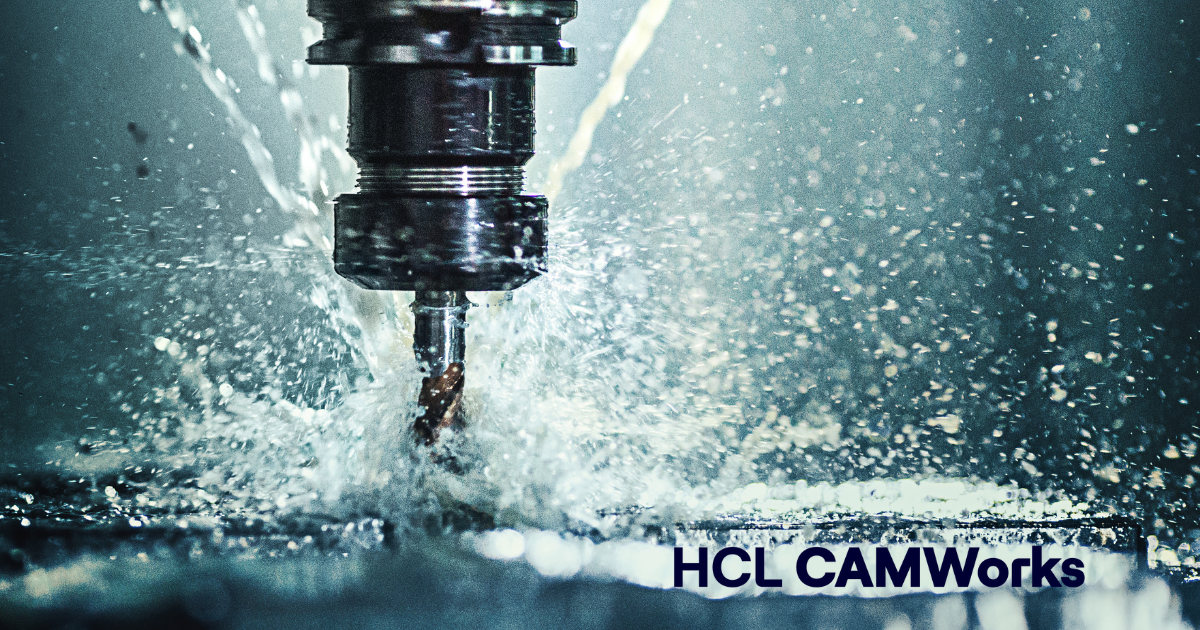
SprutCAM’s Adaptive Roughing
SprutCAM’ s adaptive roughing strategy makes optimal use of machine tools and cutting capabilities to increase roughing processes’ productivity and efficiency. A consistent tool engagement results in smooth toolpath motion, resulting in improved material removal rates, reduced cycle times, and longer tool life. The strategy is used to effectually remove large amounts of material using high feed rates, maximal cutting depths (up to the length of the flutes), and relatively shallow cutting widths (5% to 30% of the tool diameter). Parameters of this nature are feasible since, by definition, the strategy will not exceed the specified tool engagement angle (which is defined as the width of cut or step). The material is removed in a spiral pattern. The toolpath does not contain any sharp corners. By using the designated parameters for roughing rounding radius, finishing radius, and linking radius, the smoothness of the toolpath can be precisely controlled. This method of linking should be done preferably in the working plane with an additional small Z clearance to combat heat build-up. Using the so-called “Roll-In technique,” the tool engages the material during machining, thereby extending the life of the tool. Climb milling and mixed milling (climb and conventional) are both available. For mixed milling, the width of cut and feed rate of conventional passes can be set separately from the climb passes. Click here and register to get free trial version of SprutCAM software.







